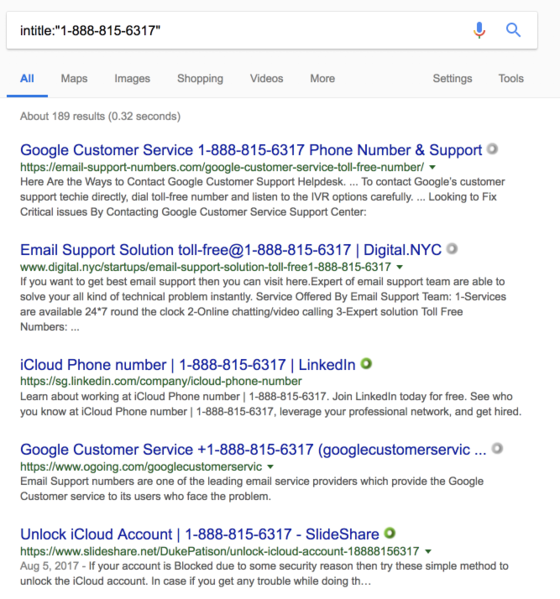Content spoofing, also known as a content injection, “arbitrary text injection,” or virtual defacement, is a user-targeted attack made feasible by a web application injection vulnerability. An attacker can submit material to a web application, generally via a parameter value, that is mirrored back to the user when an application does not correctly manage user-supplied data. This displays a changed page to the user inside the context of the trusted domain. Because the attack makes use of a code-based vulnerability and a user’s trust, it is commonly employed in conjunction with social engineering. As a side aside, this attack is frequently misconstrued as a bug with no effect.
The risk variables are determined by the application’s business type. If the application company brand is well-known and has significant rivals, this issue can be exploited by hostile competitors/disgruntled employees/dissatisfied customers to cause the widespread dissemination of fraudulent messages to unwary consumers. Another dangerous aspect is doing SEO injection in such a way that search engines scan and index constructed URLs with faked content.
Customers may be forced to switch to competitors’ products as a result of this. This might result in the monetary loss until the affected business appropriately rectifies the situation. Shares of publicly traded firms will collapse, resulting in uncontrollable losses in the millions.

Scenario of Attack
An attacker hijacked social accounts with thousands of followers and distributed a deceptive Content Spoofing payload via Twitter/Facebook/Instagram/other popular channels. As a result, the media will make headlines based on the assumption that the news is true.
Audit Procedures
Text insertion can easily be detected if:
- The page response reflects user input via parameters or directly in the URL.
- Content-Type: text/plain
- The application displays the default error pages.
What are the distinctions between Content Spoofing and Cross-Site Scripting?
Content spoofing is a type of attack that is similar to Cross-site Scripting (XSS). While XSS uses script> and other approaches to execute JavaScript, content spoofing employs other methods to change the website for nefarious purposes.
Even if XSS mitigation measures, such as correct output encoding, are implemented inside the web application, the program may still be vulnerable to text-based content spoofing attacks.
ZOFixer.com security scan helps to find this vulnerability in your software and server, you can easily use it by registering on our website and activating the 30-day trial.
